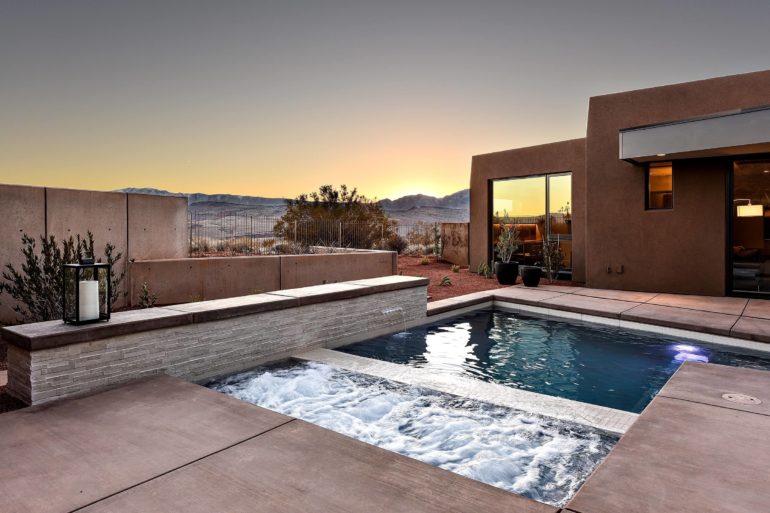Ductless Mini-Split Heat Pumps

Like standard air-source heat pumps, mini splits have two main components: an outdoor compressor/condenser, and an indoor air-handling unit. A conduit, which houses the power cable, refrigerant tubing, suction tubing, and a condensate drain, links the outdoor and indoor units.
The main advantages of mini splits are their small size and flexibility for zoning or heating and cooling individual rooms. Many models can have as many as four indoor air handling units (for four zones or rooms) connected to one outdoor unit. The number depends on how much heating or cooling is required for the building or each zone (which in turn is affected by how well the building is insulated). Since each of the zones will have its own thermostat, you only need to condition that place when someone is there. This will save energy and money.
Since mini splits have little or no ducts, they avoid the energy losses associated with ductwork of central forced air systems. Duct losses can account for more than 30% of energy consumption for space conditioning, especially if the ducts are in an unconditioned space such as an attic.
The primary disadvantage of mini splits is their cost. Such systems cost about $1,500–$2,000 per ton (12,000 Btu per hour) of cooling capacity. This is about 30% more than central systems, not including ductwork.
The installer must also correctly size each indoor unit and judge the best location for its installation. Oversized or incorrectly located air-handlers often result in short-cycling, which wastes energy and does not provide proper temperature or humidity control. Too large a system is also more expensive to buy and operate.
Qualified installers and service people for mini splits may not be easy to find.
